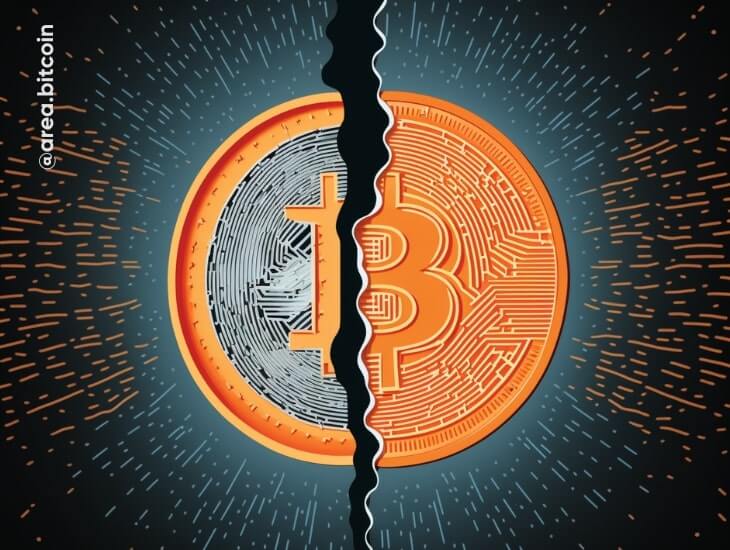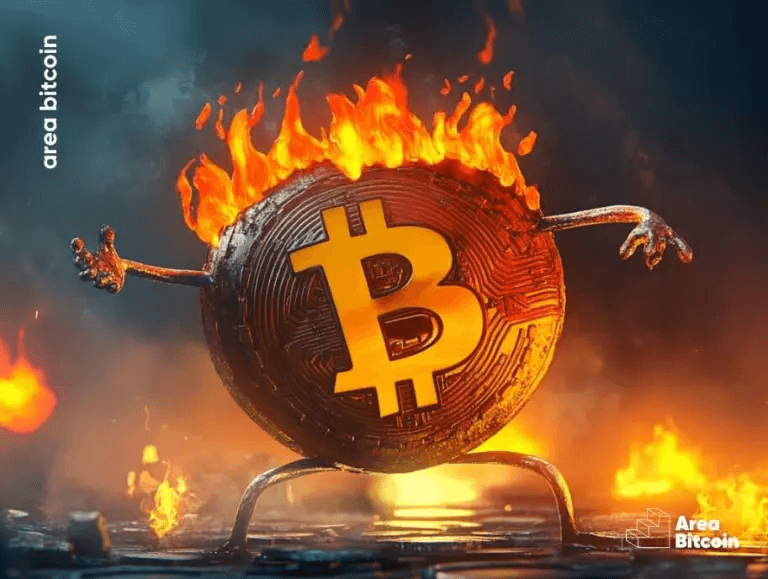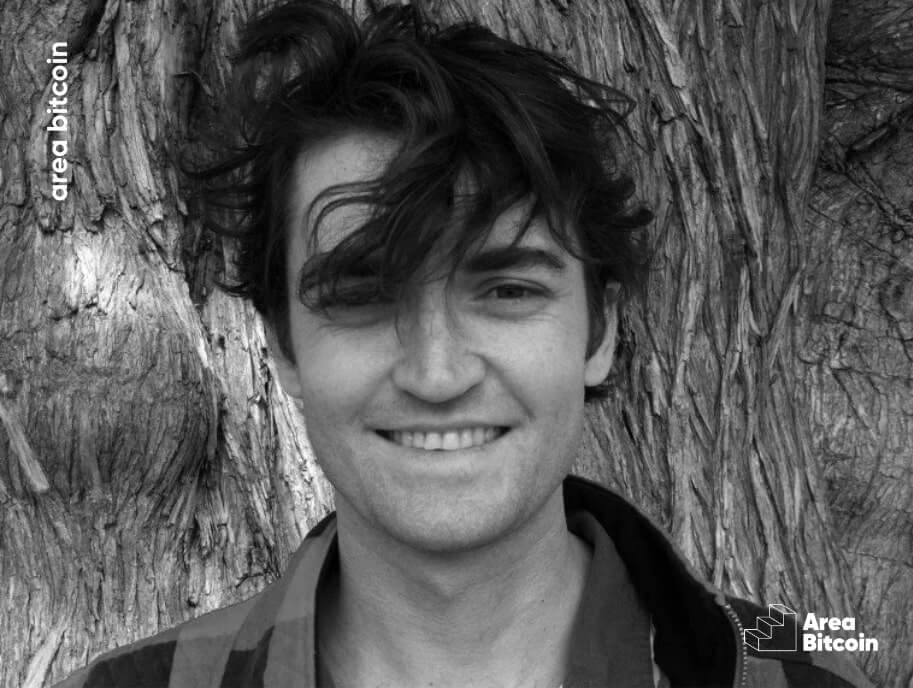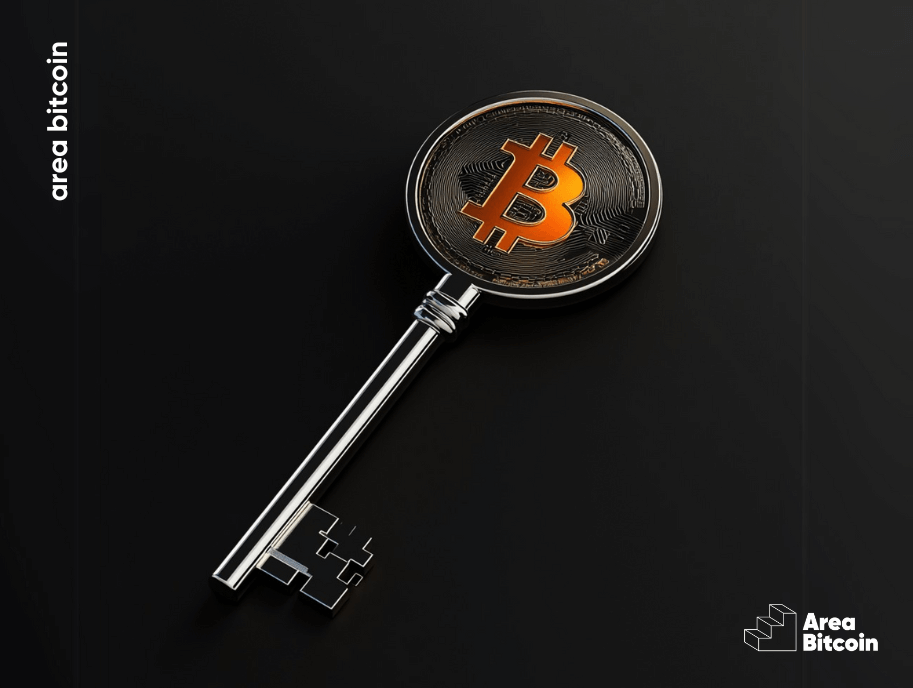Bitcoin halving is an event that happens every four years, where the reward given to Bitcoin miners is cut in half.
One of the most ingenious things Satoshi Nakamoto did was laying out the rules for Bitcoin in the whitepaper, which is the project description launched in October 2008.
In this document, he described that there will only be 21 million bitcoin in the world and that the issuance of new Bitcoins will be reduced by half every four years in an event called halving.
Do you want to understand everything about Bitcoin Halving? Then, keep reading!
Why is Bitcoin scarce and tends to increase in price?
Pay attention to this because I’m going to explain why it’s important for you to understand why Bitcoin is scarce and tends to increase in price.
Halvings have to do with Bitcoin mining, which involves super-powerful computers processing transactions.
So, every time a computer participates in the network’s mathematical calculations and assists in calculating the codes involved in transactions, it earns Bitcoin as a reward.
That’s why we see photos of giant hangars filled with wires and mining machines because those with greater computational capacity receive more rewards.
However, this reward decreases over time (every four years), and this mechanism makes Bitcoin increasingly valuable and scarce.
You may like to read our article: what is fedimint?
What is halving?
Halving means “cutting in half.” So, on average, every four years, Bitcoin halves the reward given to the network’s miners.
The parameter that determines when the halving will occur is not per year; actually, it’s per block.
For every 210,000 processed blocks, the Bitcoins delivered to miners by the network decrease; these 210,000 blocks end up coinciding with a four-year period.
- The first halving took place on November 28, 2012, at block height 210,000. Initially, the BTC network produced 50 Bitcoin per processed information block. That means, on average, at that time, miners received 50 BTC every 10 minutes. After the halving, miners began receiving 25 BTC.
- On July 9, 2016, the second halving took place at block 420,000, where the reward given to the network’s miners was again halved. So, instead of receiving 25 Bitcoin, each miner started receiving 12.5 Bitcoin per mined block.
- And the third halving took place on May 11, 2020, at block 630,000, where miners started receiving 6.25 BTC per block.
What will be the next halvings?
In total, there will be 32 halvings programmed into Bitcoin’s code, and the next one, the fourth of these events, will take place in 2024.
There’s no exact date yet, but it will be at block 840,000.
Some websites track the countdown to the next halving, like this one.
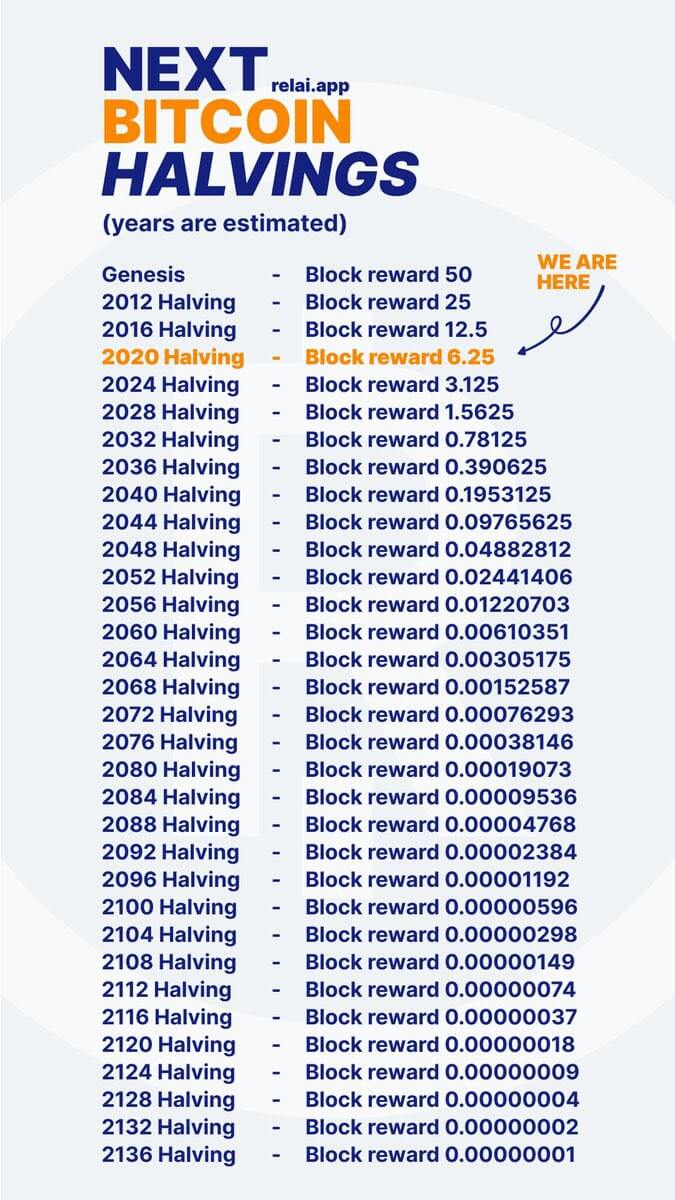
At this moment, more than 19 million Bitcoins have already been created, which represents more than 92% of all the coins, and there are only seven more years for 99% of the bitcoins to be created!
Why is halving so important?
Bitcoin has a predictable monetary supply over time.
Thus, this programming is essential to understand Bitcoin’s current inflation rate, what the future inflation rate will be at a specific point in time, how many Bitcoins are currently in circulation, and how many still need to be mined.
The controlled and deflationary issuance makes Bitcoin a more predictable and reliable asset than fiat currencies, which are inflationary and without public control over their issuance.
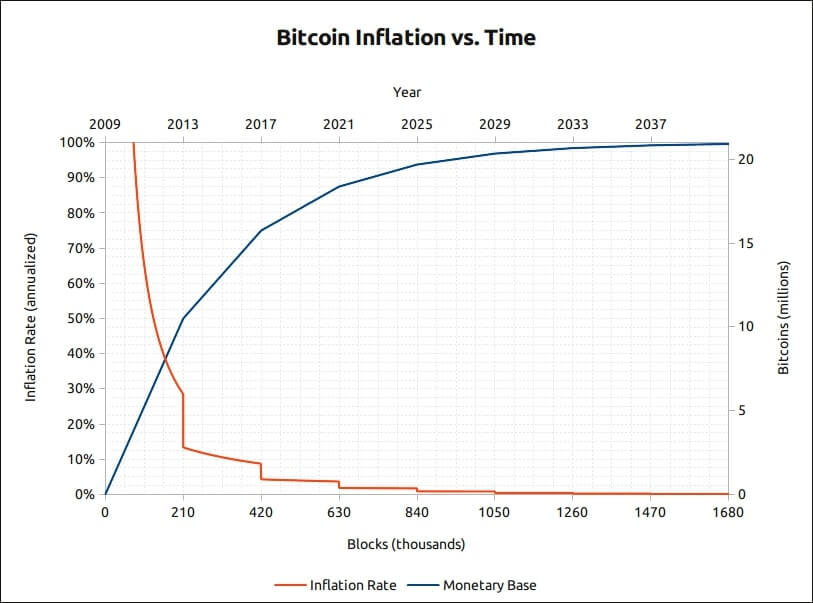
Why does Bitcoin’s price increase after the halving?
Halvings cause supply shocks and a decrease in liquidity. This supply shock is what drives the price up because if there is a demand for BTC and no more units can be created, the only way to incentivize hodlers to sell is for the price to rise.
It’s the simplest law of economics: the law of supply and demand. When there is high demand and low supply, prices increase.
Therefore, since the number of BTC is limited to 21 million units, the only way for supply to meet demand is precisely by increasing the price.
That’s why there’s an expectation for Bitcoin to appreciate after the Halving, as over time, it becomes harder to mine, fewer Bitcoins are created, and supply starts to become scarce. Like anything that’s rare, it tends to appreciate in value.
During the first halving, from November 2012 to November 2013, Bitcoin experienced a rise of BRL 13,300. Similarly, in the second halving, which took place from July 2016 to December 2017, the peak appreciation exceeded 12,000%.
Price increases have occurred in all previous halvings, as demonstrated by the graph below, which depicts periods of accumulation and appreciation:
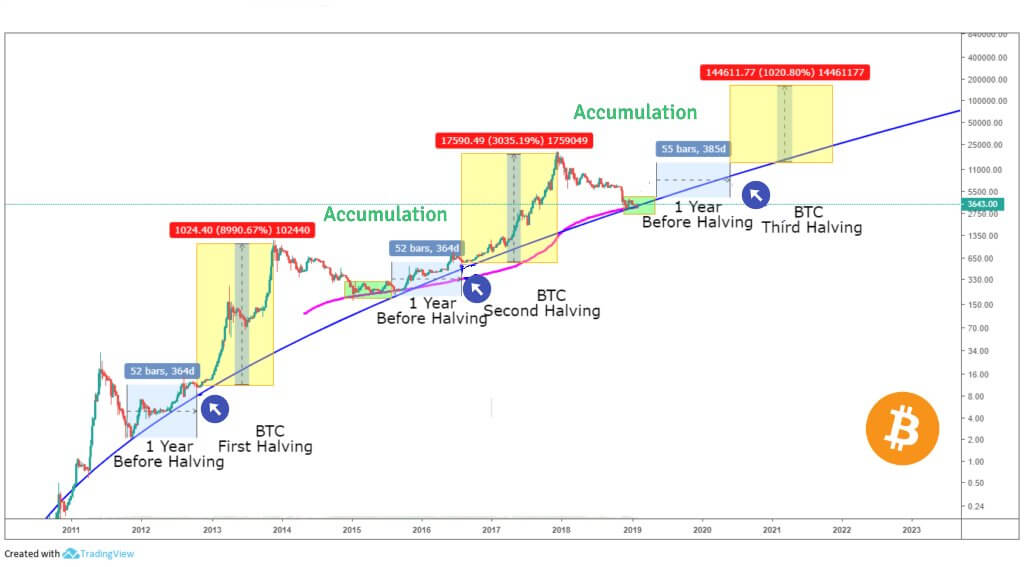
As you can see, after each halving, there is an expectation of appreciation. But this doesn’t mean that the price of Bitcoin will take off immediately.
What happens when the last Bitcoin is mined?
As we’ve said before, Bitcoin has a limit of units to be created: 21 million. Therefore, when we reach this number, there will be no more halvings to happen and no more Bitcoins to be created.
Estimates suggest that we will reach this milestone in the year 2140 if there is no advancement in processing technology. Consequently, the creation of the last satoshi is predicted to occur around block 6,930,000, approximately 120 years from now.
Once there are no more new Bitcoins being released per block to compensate the miners, their sole source of income will be the fees charged on transactions and operations within the blockchain.
Thus, with the increasing adoption of Bitcoin, the number of transactions and second-layer operations should also increase, and all this tends to contribute to the increase in processing fee value.
Today, the value in fees received by miners corresponds to about 10% of the revenue they receive, and the other 90% comes from the block reward.
Years ago, fees accounted for less than 5% of the value received, so look at how the number of transactions on the network has already increased. And the trend is to increase even more in the future.
Therefore, as mining rewards decrease with halvings, fees become the incentive for miners to stay on the network and cover their costs.
Thus, fees should increase in price because demand should also increase, so the value charged in fees by miners is not according to the value being transacted, but rather the space the transaction takes up in the block.
The Future of Bitcoin’s Scalability
The information space in a Bitcoin block is 1 megabyte, and as adoption increases, so does the demand for space in the blocks, and thus higher fees will be charged to occupy this recording space.
Yes, it makes sense what you thought, and this increase in fees is, indeed, what Bitcoin’s competitors criticize the most.
As time goes by and this increase happens, the Bitcoin blockchain, or layer one, will become a settlement layer for higher-value transactions.
The Bitcoin blockchain wasn’t designed for scalability because the Proof of Work, which is how bitcoins are mined, doesn’t allow for the scalability of first-layer transactions. This is because scalability can easily be created on a second layer, like the Lightning Network, which is thousands of times more efficient than global payment processors like Visa and Mastercard.
Is it possible to increase the number of Bitcoins that can be created after 2140?
In theory, yes, it could be done! The participants in the network would need to reach a consensus and approve an increase in the number of bitcoins that could be created. However, this would undoubtedly be very controversial.
The scarcity and inability to expand the money supply are one of Bitcoin’s strengths. Therefore, many people wouldn’t even dream of such a proposal. It’s unthinkable for most Bitcoiners!
If this proposal were to advance, a hard fork in the network would probably be made, and a new blockchain would be created with this new programming for more coins.
Anyone who chose to stay on the original Bitcoin blockchain, programmed by Satoshi Nakamoto, essentially the oldest and scarcest chain, would end up with no incentives to join this new version with an expanded supply.
Therefore, the mere existence of the old scarce and immutable chain makes it pointless to do a fork just to increase the number of BTC units.
Bitcoin is the most secure blockchain due to the total number of hashes (energy) accumulated to process the network. This shift, where the value received in fees becomes greater than the value received in block rewards, will create a market for high-value, highly secure transfers using Bitcoin.
Central Banks, governments, interbank services, companies, and other users with large volumes won’t mind paying high fees as long as the transaction is as secure and irreversible as possible.
There’s still time to jump on the Bitcoin bandwagon!
When we look at the information that nearly 90% of Bitcoin units have already been issued, it can be quite shocking, can’t it?
It feels like we missed the train and are arriving late!
However, Bitcoin mining is a process that will continue for another century. Thus, Bitcoins won’t cease to be produced overnight; the issuance will gradually decrease, allowing miners to adapt over time.
This is one advantage of programmable money: monetary policy is transparent.
It’s possible to anticipate events and adjust accordingly. Therefore, by the time 2140 arrives, Bitcoin will have been scarce for 50 years, and the end of mining will be more of a historical milestone than something that will negatively impact the network.
Let’s hope they invent something that lets us last another 120 years to see this happen.
Until 2140 and opt out!
Share on your social networks:
Area Bitcoin is an educational Bitcoin school that aims to accelerate the financial and intellectual sovereignty of all individuals.
Did you like this article? Consider buying us a cup of coffee so that we can keep writing new content! ☕

